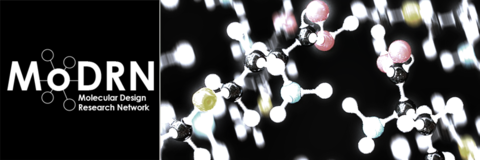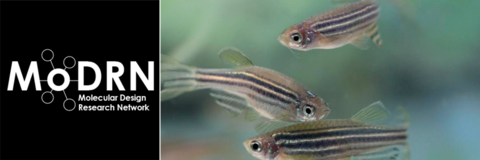Research
Intellectual Merits
This research will integrate computational and experimental approaches to develop a robust, and well validated computer software which will not only predict the toxicity of existing compounds, but will serve as a tool to redefine guidelines for the next generation of molecules with reduced hazard.

This project is an effort to provide society with tools which can minimize the undesired biological and environmental behavior of chemicals frequently used by industry.
Our strategy can be summarized using the 4 major research milestones:
2. Computational modeling of ROS mechanisms
3. Experimental toxicity assays
The objectives pursue complementary strategies: computational chemistry methods to identify characteristics that distinguish chemicals that effect oxidative stress from those that have minimal impact; and mechanistic analysis based on current understanding of oxidative stress indicators and outcomes.
The two strategies are synergistic: computational approach predicts the effects of molecular properties on interactions with biomolecules, while the experimental work strengthens the model system.
PRESENTATIONS:
18th Annual Green Chemistry and Engineering; Bethesda MD, June 18th








